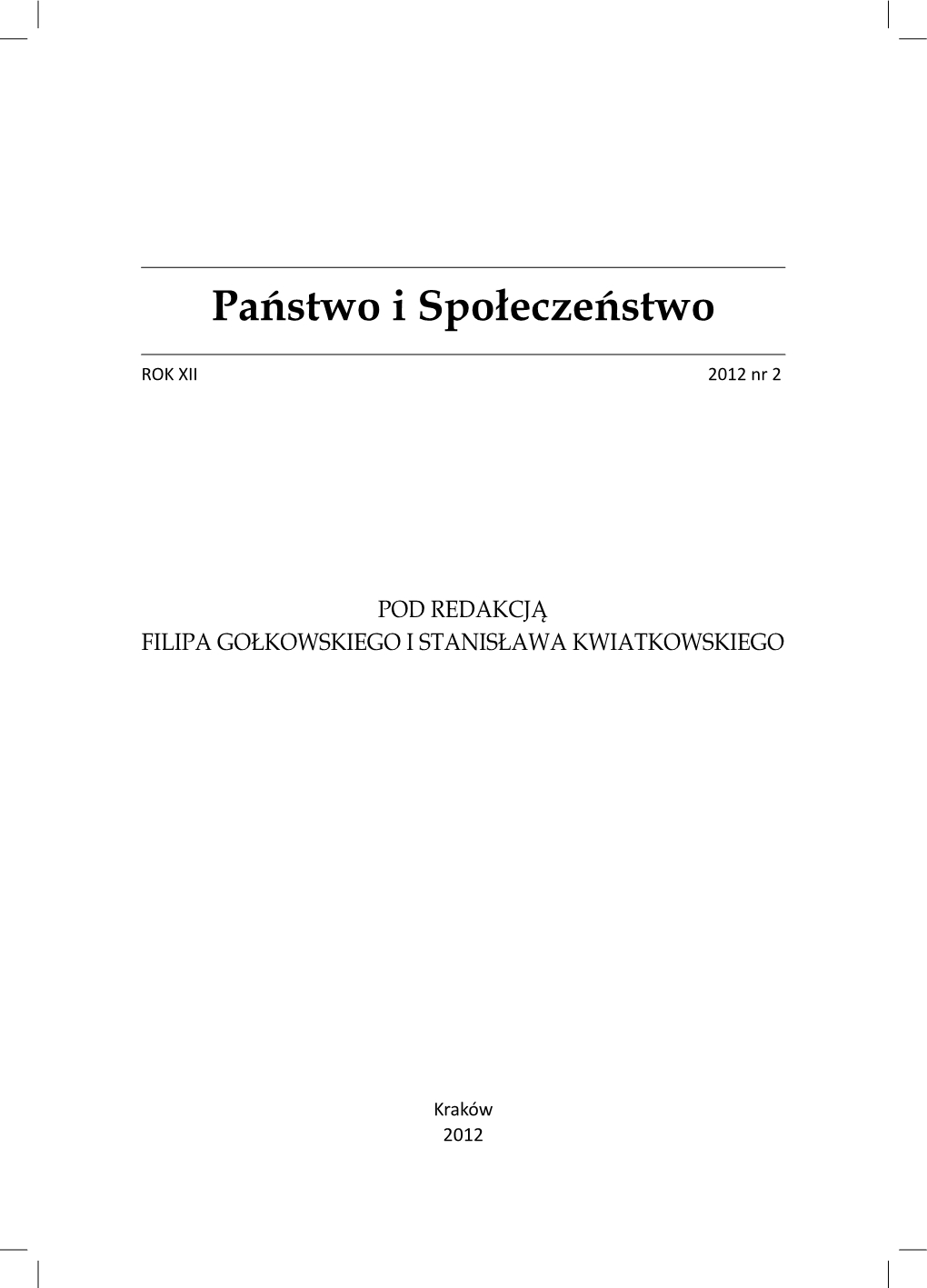Kask narciarski dla dzieci – ale jaki?
Skiing helmet for children – choice principles
Author(s): Tomasz Kwiatkowski, Zdzisław Kawecki, Stanisław KwiatkowskiSubject(s): Health and medicine and law, Family and social welfare
Published by: Oficyna Wydawnicza KA AFM
Keywords: head injury in children; ski head injury in children; wearing a ski-helmet; disturbances in oculo-motor coordination depended of age; ski helmet – type and age of child;
Summary/Abstract: Head trauma is leading cause of mortality after injuries related with skiing and snowboarding in children. Wearing a helmet is considered to minimize consequences of trauma, nevertheless there are opponents of helmet usage. Non-wearers often claim that helmet can increase injury risk by reducing skier’s hearing. The aim of the study was to determine if wearing a helmet that covers child’s ears may decrease motor coordination and increase injury risk. 36 healthy children aged 8,5 to 11 years, with no balance disturbances, history of head trauma, and other ailments that may influence on study outcome. Participants were asked to walk between two lines on 10 m. distance in imposed time. They were looking at a point at the end of the route. Each child accomplished the test with and without a helmet. Every loss of balance or step beyond the line was treated as mistake and counted. The number of mistakes made while wearing and not wearing a helmet was compared. Helmet used in a study had proper size and was covering child’s ears completely. In 84%, number of mistakes made while wearing a helmet did not change or diminished when compared with test conducted without helmet. In 16% cases it increased in comparison with bare head. Oldest children made less mistakes while wearing as well as not wearing a helmet. We conclude that attenuation of hearing may be connected with wearing particular types of helmets. Proper helmet should cover child’s skull including whole calvaria and skull base, but avoiding audition impairment is highly recommended.
Journal: Państwo i Społeczeństwo
- Issue Year: XII/2012
- Issue No: 2
- Page Range: 49-57
- Page Count: 9
- Language: Polish

